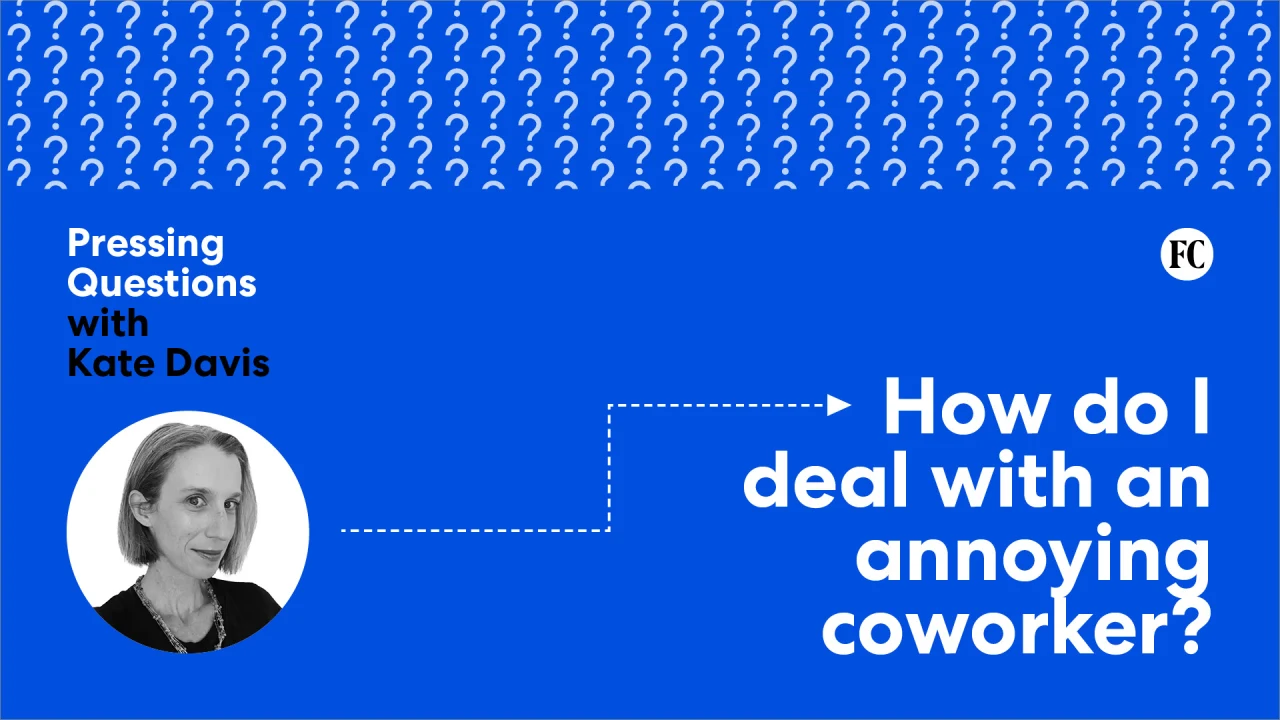Discover the Healing Power of Trigger Point Massage: What It Is and Why You Need It

Discover the Healing Power of Trigger Point Massage: What It Is and Why You Need It
If you’ve ever felt a knot in your back, neck, or shoulders that just wouldn’t go away, chances are you’ve experienced a trigger point. These tight areas of muscle tissue can cause discomfort, limited range of motion, and even pain in other parts of the body. Fortunately, Trigger Point Massage offers an effective solution for releasing these knots and helping you feel better, faster.
In this blog, we’ll explain what trigger points are, how trigger point therapy works, the benefits you can expect, and why this specialized massage technique might be exactly what your body needs.
What Are Trigger Points?
Trigger points are small, tight spots within muscle tissue that feel like knots or lumps. They form when muscle fibers become overworked, injured, or stressed. These points can cause local pain, or they can "refer" pain to other areas of the body. For example, a trigger point in your neck might cause a headache, or one in your back could lead to pain in your legs.
Trigger points are typically caused by:
Poor posture
Repetitive movements
Muscle overuse or strain
Stress and tension
Injury or trauma
Unlike general muscle soreness, trigger points don’t just go away on their own. That’s where trigger point massage comes in.
What Is Trigger Point Massage?
Trigger point massage is a type of therapeutic bodywork that targets these sensitive muscle knots. A trained massage therapist applies focused pressure to specific areas where the muscle has tightened or become knotted. The goal is to relax the muscle fibers, improve blood circulation, and reduce pain.
This type of massage is often combined with techniques from deep tissue massage, myofascial release, and stretching. The therapist may use fingers, knuckles, elbows, or tools to apply pressure directly to the trigger point. Although it can sometimes feel intense, the pressure is carefully adjusted to match your comfort level.
How Does Trigger Point Therapy Work?
When pressure is applied to a trigger point, the body responds by:
Increasing blood flow to the area
Flushing out built-up toxins
Releasing muscle tension
Reducing pain signals to the brain
This process is known as “releasing” a trigger point. You may feel a slight twitch or a gentle release sensation in the muscle, which is a good sign that the therapy is working. Some people even report immediate relief after a session.
Trigger point therapy also helps break the cycle of pain and muscle tightness. When a muscle is tense, it restricts movement and causes pain, which leads to more tension. By breaking this cycle, your muscles can return to a healthier, more relaxed state.
Benefits of Trigger Point Massage
Trigger point massage offers a wide range of physical and mental health benefits. Some of the most common include:
1. Pain Relief
Whether you’re dealing with back pain, shoulder tension, neck stiffness, or even headaches, trigger point massage can significantly reduce pain levels. It’s especially helpful for chronic pain conditions like fibromyalgia or myofascial pain syndrome.
2. Improved Mobility
By releasing tight muscles and increasing flexibility, trigger point therapy can improve your range of motion. This is especially important for athletes, active individuals, or those recovering from injury.
3. Better Posture
Chronic trigger points can pull your muscles out of alignment, causing poor posture. Releasing these points helps realign the body and promotes better posture over time.
4. Enhanced Circulation
Increased blood flow helps your muscles heal faster, reduces inflammation, and delivers essential nutrients to the tissues. This is why many people feel energized and refreshed after a session.
5. Reduced Stress and Anxiety
While the massage may focus on physical issues, the benefits often extend to the mind. Reducing physical tension also helps lower cortisol levels, promoting relaxation and mental clarity.
What to Expect During a Trigger Point Massage Session
Your first session will usually begin with a short consultation. The therapist will ask about your symptoms, areas of concern, and health history. They may also assess your posture or do a quick movement test to locate problem areas.
Once the session begins:
The therapist will find and apply pressure to specific trigger points.
You may feel mild discomfort or tenderness, but the pressure should never feel unbearable.
Communication is key—let your therapist know if the pressure is too much or if you feel referred pain.
The therapist may hold pressure for 10-60 seconds at a time, followed by gentle stretching or massage.
After the session, it’s common to feel sore for a day or two. This is a normal part of the healing process, similar to what you might feel after a workout. Drinking water and resting can help your body recover.
Who Should Try Trigger Point Massage?
Trigger point therapy is suitable for a wide range of people, including:
Office workers with neck, shoulder, or back tension from sitting too long
Athletes looking to speed up recovery or improve performance
Chronic pain sufferers dealing with fibromyalgia, sciatica, or migraines
People under stress experiencing tension headaches or tight muscles
Anyone with general muscle stiffness, limited flexibility, or postural issues
However, if you have certain health conditions like deep vein thrombosis, uncontrolled high blood pressure, or recent surgery, talk to your doctor before scheduling a session.
How Many Sessions Do You Need?
The number of sessions depends on your condition and goals. Some people feel relief after just one visit, while others may need multiple sessions over a few weeks.
A general plan might include:
1-3 sessions for mild or recent trigger points
4-6 sessions for chronic pain or more severe muscle issues
Ogoing maintenance sessions every few weeks for prevention
Your therapist will work with you to create a treatment plan that fits your needs.
At-Home Care and Prevention Tips
While professional trigger point massage is highly effective, there are steps you can take at home to support your recovery and prevent future issues:
Stretch regularly to keep muscles loose
Stay active to prevent stiffness from inactivity
Use foam rollers or massage balls to target knots at home
Practice good posture, especially when sitting at a desk
Stay hydrated to help muscles function properly
Manage stress through relaxation techniques like yoga or meditation
Final Thoughts
Trigger point massage is more than just a treatment for sore muscles—it’s a powerful way to improve your overall health, mobility, and quality of life. Whether you’re recovering from an injury, managing chronic pain, or simply feeling tight and tense, this therapy can provide lasting relief.
With consistent care and professional guidance, you can release those stubborn knots and get back to feeling your best.





































































![https //g.co/recover for help [1-866-719-1006]](https://newsquo.com/uploads/images/202506/image_430x256_684949454da3e.jpg)

























![[PATREON EXCLUSIVE] The Power of No: How to Say It, Mean It, and Lead with It](https://tpgblog.com/wp-content/uploads/2025/06/just-say-no.jpg?#)





















































